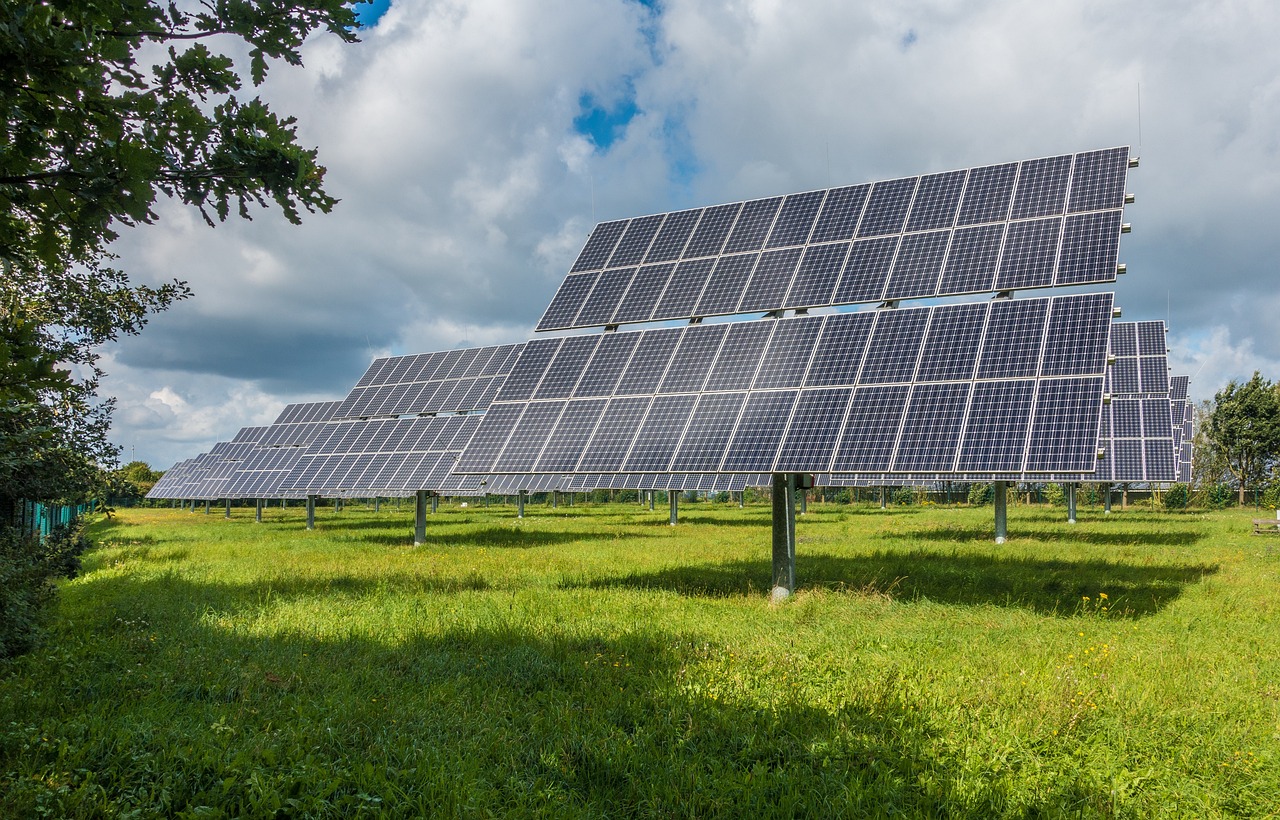The volatility of carbon credit prices in the voluntary carbon market is a complex phenomenon shaped by a multitude of interrelated factors. Unlike regulated carbon markets, where prices may be influenced by government policies and emissions caps, the voluntary carbon market (VCM) operates in a more fluid and dynamic environment.
One of the primary drivers of price fluctuations is the delicate balance between supply and demand. Carbon credit prices can surge when demand outpaces supply, often due to increased corporate commitments to carbon neutrality and sustainability goals. Conversely, oversupply, caused by an abundance of eligible projects, can lead to price depressions.
Project characteristics play a crucial role in determining carbon credit prices. Factors such as the project type, vintage (the year in which the emissions reductions or removals occurred), adherence to specific standards and mechanisms (whether the credits represent emissions reductions or removals), and the sector in which the project operates all have a direct impact on pricing. For instance, projects that align closely with the VCM principles and demonstrate additional benefits such as contributions to Sustainable Development Goals (SDGs) tend to command higher prices, as they appeal to socially responsible investors and corporations seeking holistic sustainability solutions.
Domestic and international policies can also exert significant influence over carbon credit prices. Regulatory changes, tax incentives, and government mandates can create price volatility by altering the supply and demand dynamics within the market. Investors and buyers often closely monitor these policy developments to anticipate future price movements.
This article takes a deep dive into each of these factors and explains why predicting the prices of credits in the VCM is a complex task.
1. Market demand and supply
The prices of carbon credits are significantly influenced by the basic economic principles of supply and demand. Understanding how and why market demand and supply impact carbon credit prices is essential for comprehending the dynamics of this market:
Demand for carbon credits
Corporate sustainability commitments: One of the primary drivers of demand for carbon credits in the VCM is the increasing number of corporations committing to carbon neutrality and sustainability goals. Companies purchase carbon credits to offset their own emissions, either as part of their corporate social responsibility initiatives or to meet regulatory requirements.
Consumer preferences: As consumers become more environmentally conscious, companies strive to meet their demands for greener products and services. To demonstrate their commitment to sustainability, businesses purchase carbon credits to reduce their carbon footprint, which can attract eco-conscious consumers and investors.
Regulatory compliance: Although the VCM is voluntary, companies operating in regions with emissions regulations may buy carbon credits as a compliance mechanism to meet emissions reduction targets.
Supply of carbon credits
Types of projects: As established previously, the supply of carbon credits depends on the types of projects generating them. Renewable energy projects, afforestation and reforestation efforts, and methane capture initiatives are common sources of carbon credits. The number and size of projects in these categories affect the overall supply of credits.
Project success and timing: The success and timing of carbon reduction or removal projects significantly impact supply. Projects that deliver verifiable and additional emissions reductions or removals are more likely to generate credits. The vintage or the year in which these reductions occurred also plays a role in determining supply.
Market entry: The ease of entry for new projects into the VCM can influence supply. Lower barriers to entry may result in a surge of new projects, potentially oversaturating the market and driving down credit prices.
How do demand and supply interact?
Supply and demand imbalances: As in any market, when demand for carbon credits outstrips supply, prices tend to rise. This scenario often occurs when companies and investors increase their commitments to carbon neutrality. Conversely, oversupply, due to a surge in available credits, can lead to price depressions.
Project type and quality: High-quality projects that align with sustainability goals and offer additional benefits, such as contributions to SDG, tend to have greater demand, which can drive up prices. Conversely, less appealing projects may struggle to attract buyers.
Policy and market sentiment: Regulatory changes, government incentives, and shifts in market sentiment can rapidly alter the supply-demand dynamics. Positive policy developments or increased awareness of climate change issues can boost demand and, consequently, prices.
The relationship between market demand and supply in the VCM is at the core of carbon credit price volatility. The market’s responsiveness to shifts in corporate commitments, consumer preferences, regulatory environments, project quality, and broader economic conditions makes it a dynamic and evolving space where prices fluctuate in response to these ever-changing factors.
2. Emissions reduction potential by project type:
The emission reduction potential of a project is heavily dependent on its type. Project type, thus becomes a primary driver of carbon credit prices. Some project types, like renewable energy projects, can generate a substantial supply of carbon credits because they lead to consistent and significant reductions in greenhouse gas emissions. These projects often produce a large volume of credits, which can put downward pressure on prices due to the abundance of supply. In contrast, projects like afforestation and reforestation, which sequester carbon over time, may produce fewer credits and command higher prices.
3. Mechanism of emission reduction (avoidance vs. removal)
The mechanism of emission reduction, whether it involves avoidance or removal, has a significant bearing on carbon credit prices. These two mechanisms represent distinct approaches to reducing greenhouse gas emissions, and they influence credit prices in different ways:
Emission avoidance:
Emission avoidance refers to the prevention of greenhouse gas emissions that would have occurred in the absence of a specific project or action. Projects that capture and destroy methane emissions from landfills, prevent deforestation or improve energy efficiency to reduce emissions fall under this category.
Impact on prices: Emission avoidance projects tend to generate credits based on the emissions that are avoided. The pricing of such credits depends on factors such as the projected emissions reductions, the carbon intensity of the avoided emissions, and market demand. Higher projected emissions reductions or avoidance of emissions with a high global warming potential can lead to higher credit prices.
Demand appeal: Emission avoidance projects are attractive to buyers seeking immediate and quantifiable emissions reductions. These projects often align with sustainability goals and regulatory compliance requirements, which can drive up demand and, subsequently, prices.
Emission removal
Emission removal involves the capture and permanent removal of greenhouse gases from the atmosphere. This includes activities like afforestation and reforestation, which sequester carbon dioxide, and direct air capture technologies that physically remove carbon dioxide.
Reforestation projects that capture and store carbon in trees or technologies that capture carbon dioxide directly from the air are examples of emission removal projects.
Impact on prices: Emission removal projects typically generate credits based on the actual removal of emissions from the atmosphere. The pricing of these credits can be influenced by factors such as the permanence of the removal, the method used, the cost of implementation, and the projected long-term carbon storage. Projects that offer more reliable and permanent removal of carbon dioxide may command higher prices due to their unique environmental benefits.
Demand appeal: Emission removal projects appeal to buyers interested in achieving net-negative emissions or carbon neutrality. These projects contribute to the long-term goal of stabilizing and reducing atmospheric carbon dioxide levels, making them highly sought after in the VCM.
The demand for credits of either type depends on corporate sustainability goals, regulatory requirements, and consumer preferences.
4. Methodology
The methodology used to calculate the emission reduction of a project is often a critical indicator of its quality, and has a bearing on credit prices due to the following reasons:
Credibility and trustworthiness: The methodology used in a project can influence the credibility and trustworthiness of the carbon credits it generates. Buyers in the VCM typically seek assurance that the emissions reductions or removals claimed by a project are accurate and verifiable. Methodologies that are recognised and endorsed by reputable carbon standards, such as the Verified Carbon Standard (Verra) or Gold Standard often carry more credibility. Projects using established methodologies may command higher prices because buyers have greater confidence in the accuracy of the credits.
Measurement accuracy: Different methodologies have varying levels of precision in measuring emissions reductions or removals. Robust and well-documented methodologies can provide a more accurate and reliable estimate of a project’s impact on greenhouse gas emissions. Buyers may be willing to pay a premium for credits from projects that use precise methodologies, as they offer a higher level of certainty regarding the emissions reductions achieved.
Transparency and consistency: The transparency and consistency of the methodology play a crucial role in determining credit prices. Methodologies that provide clear and standardised procedures for calculating and verifying emissions reductions or removals make it easier for buyers to assess the project’s environmental impact. This clarity can enhance market confidence and may lead to higher credit prices.
Project complexity: The complexity of the chosen methodology can affect project costs. Some methodologies require more extensive data collection, monitoring, and verification processes, which can increase project expenses. As a result, projects using more complex methodologies may seek higher credit prices to cover their costs and achieve a reasonable return on investment.
Market recognition: The recognition and acceptance of a particular methodology within the VCM can influence credit prices. If a methodology is widely used and accepted by both project developers and buyers, it can create a more liquid market for credits generated under that methodology. This can lead to more competitive pricing and potentially higher prices for projects that use recognised methodologies.
Environmental integrity: Methodologies can vary in their ability to ensure the environmental integrity of carbon credits. Some methodologies may have more stringent criteria for additionality (demonstrating that the emissions reductions or removals would not have occurred without carbon financing) and permanence (ensuring that emissions reductions are not reversed). Credits generated under methodologies that prioritise environmental integrity may be seen as more valuable and can command higher prices.
Methodologies that enhance credibility, measurement accuracy, transparency, and environmental integrity tend to result in higher credit prices, as buyers are willing to pay a premium for credits that offer greater confidence in their environmental impact and adherence to recognised standards and practices.
5. Project location
The location of a project can influence demand for its credits. Projects in regions with strong sustainability commitments, regulatory requirements, or a high concentration of environmentally conscious companies may experience higher demand and prices.
The location of a carbon reduction or removal project can significantly influence carbon credit prices in the VCM. The project’s geographic location affects several key factors that impact credit prices:
Local demand and market conditions
Regional climate policies: Different regions have varying levels of commitment to climate change mitigation and sustainability. The presence of regional climate policies, emissions reduction targets, or regulatory incentives can create localised demand for carbon credits. Projects located in regions with strong climate policies may experience higher demand and potentially command higher prices.
Proximity to high-emission industries: Projects located near industries with high greenhouse gas emissions may have a competitive advantage in attracting buyers. These industries may seek nearby projects to offset their emissions, leading to increased demand and potentially higher credit prices.
Emissions source density
Project locations often coincide with the density of emission sources. Projects situated in areas with a high concentration of emissions-intensive activities, such as industrial zones or densely populated cities, may offer significant emissions reduction opportunities. This can result in larger credit volumes and potentially impact credit prices.
Ecosystem and climate impact
Unique ecosystems: Projects located in unique ecosystems or biodiverse regions may offer additional environmental benefits beyond carbon reduction. The preservation of such ecosystems can appeal to buyers, potentially leading to higher credit prices.
Climate vulnerability: Regions vulnerable to climate change impacts, such as coastal areas or regions prone to extreme weather events, may garner more attention from buyers. Projects addressing climate resilience or adaptation in these areas can attract demand and potentially command higher prices.
Carbon offsetting preferences
The preferences of buyers play a significant role in determining the pricing of carbon credits. Some buyers may have a preference for projects in specific geographic regions or may seek projects that align with their business operations or target markets.
6. Alignment with SDGs and other benefits
Projects that offer more holistic sustainability solutions may command higher prices due to their positive impact on broader ecosystem health.
Alignment with SDGs: Many companies prioritise sustainability initiatives that extend beyond carbon neutrality. Projects with social and community benefits align more closely with these holistic sustainability goals, making them more attractive to corporate buyers. These projects may command premium prices due to their comprehensive approach to sustainability.
Co-benefits to the community: Projects that engage with local communities and stakeholders and contribute positively to their well-being tend to enjoy stronger support and trust. This can enhance the reputation of the project and potentially translate into higher credit prices as buyers place a premium on projects with positive social relationships.
Job creation: Projects that create employment opportunities in local communities may receive endorsements from local authorities and residents. Job creation can lead to stronger community support and potentially influence credit prices.
Access to basic services: Projects that provide access to clean water, energy, or improved healthcare services can significantly improve the quality of life for local communities. These tangible benefits can increase the project’s appeal and potentially lead to higher credit prices.
7. Project implementation cost
The costs associated with implementing different project types can vary significantly. Projects with lower implementation costs, such as renewable energy installations, may generate credits at a lower cost per unit, which can influence pricing dynamics in the market.
Oftentimes, the variation in the price of carbon credits is due to the coming together of several of the factors listed above. For example, credits generated by cookstoves projects in Africa have a higher market value than those generated in India. In December 2022, the price for African credits was around $10-$11/credit for non-LDCs (least developed country) and $11-$12/credit for LDCs. During the same period, Indian credits were priced at around $6.50-$7/credit. African credits were priced higher because most projects in the region contributed to the attainment of more SDGs compared to projects in India. There were also concerns over the additionality of Indian cookstove credits. Over time a perception of poor-quality credits has emerged around Indian cookstoves projects. Furthermore, considering India fares better than most African nations in terms of economic development, the co-benefits that can be attained by the same kind of project in the two regions can vary immensely.
As represented in the example above, the pricing of carbon credits in the voluntary carbon market is subject to a complex interplay of diverse factors, ranging from market fundamentals like supply and demand to project-specific attributes, adherence to standards, alignment with sustainability goals, and the ever-evolving landscape of domestic and international policies. This intricate web of influences contributes to the inherent volatility of carbon credit prices in the VCM, making it a challenging but crucial element in the fight against climate change.



